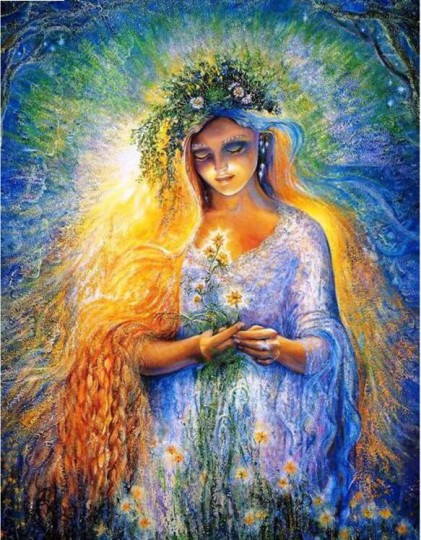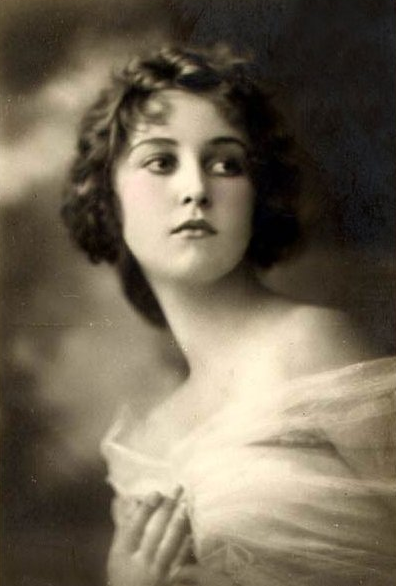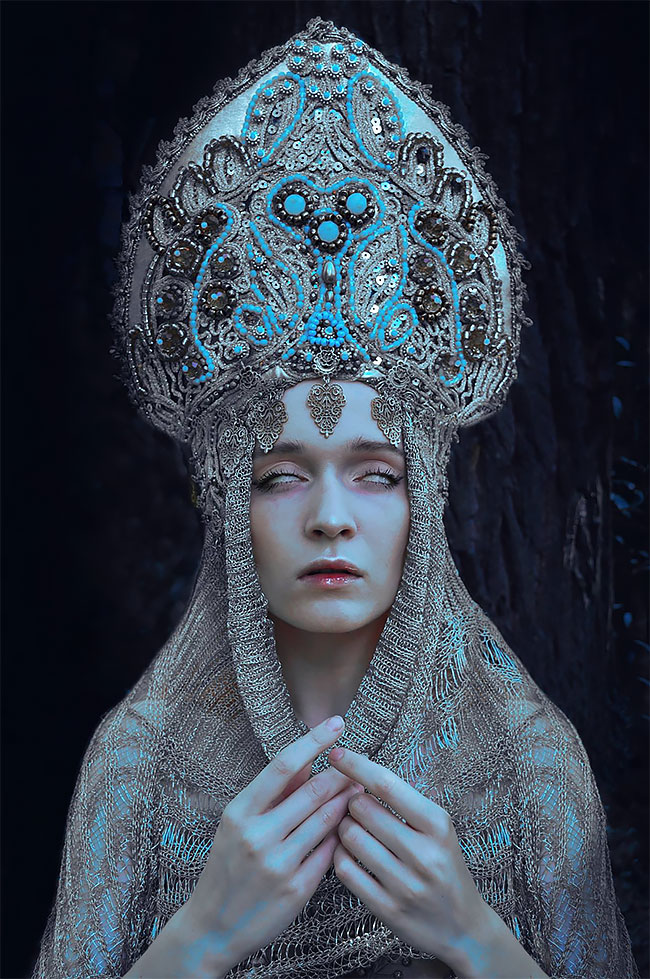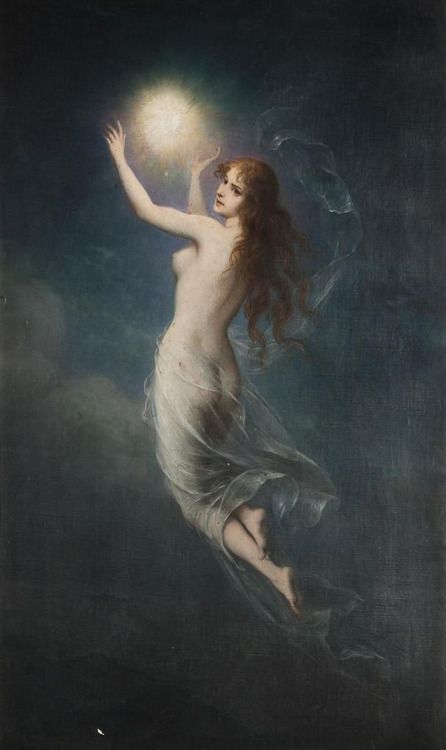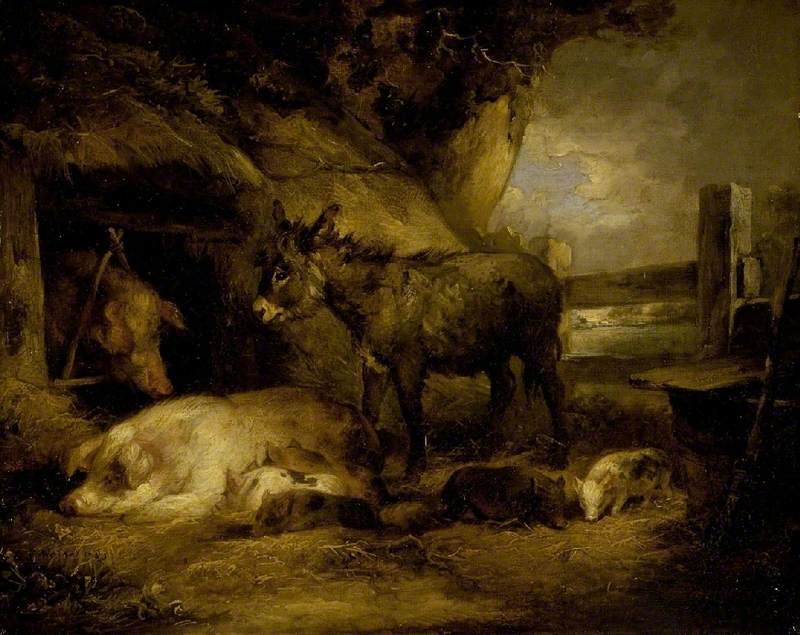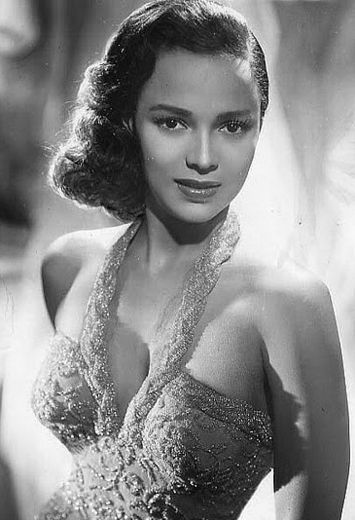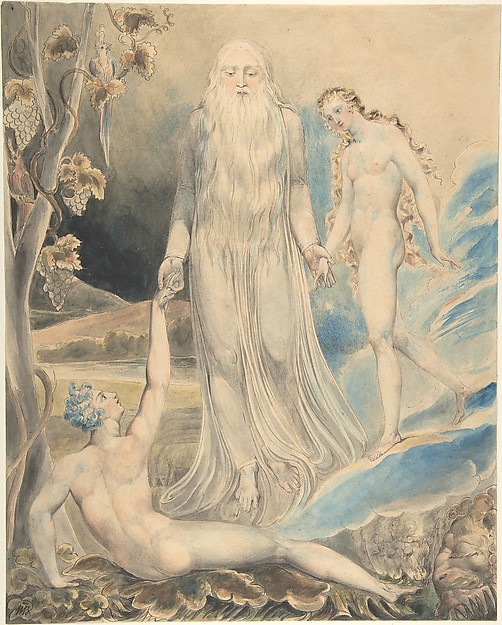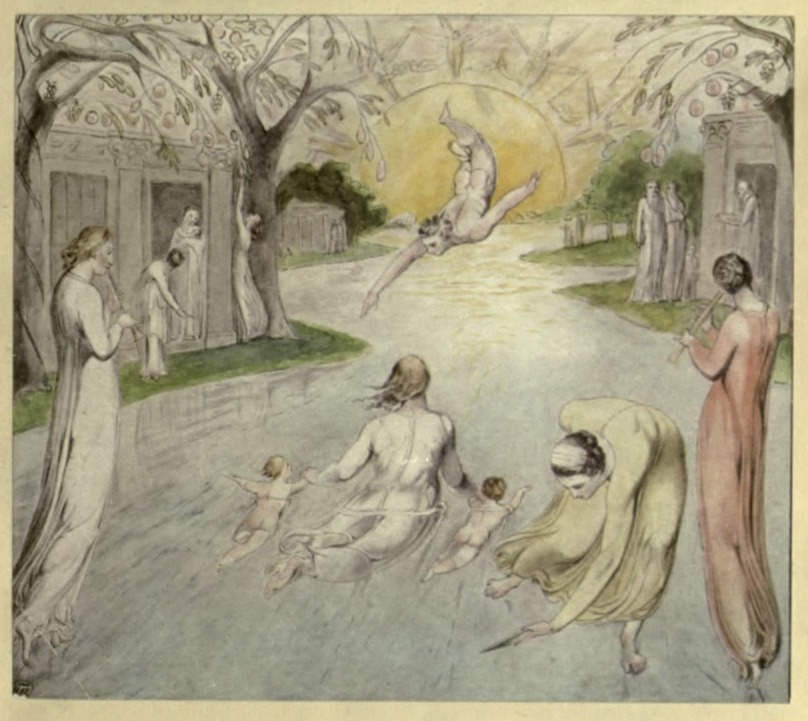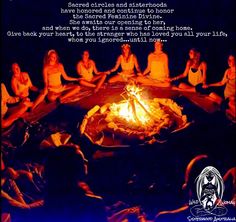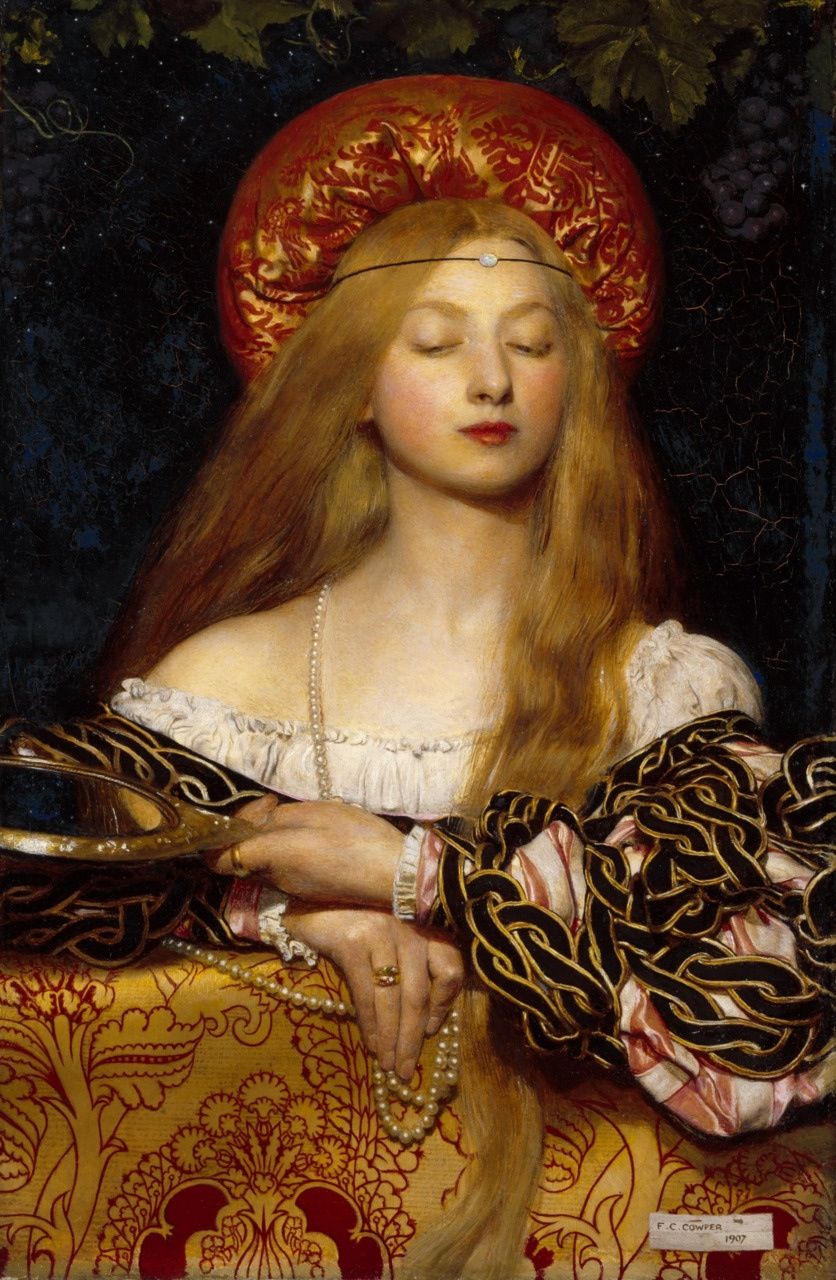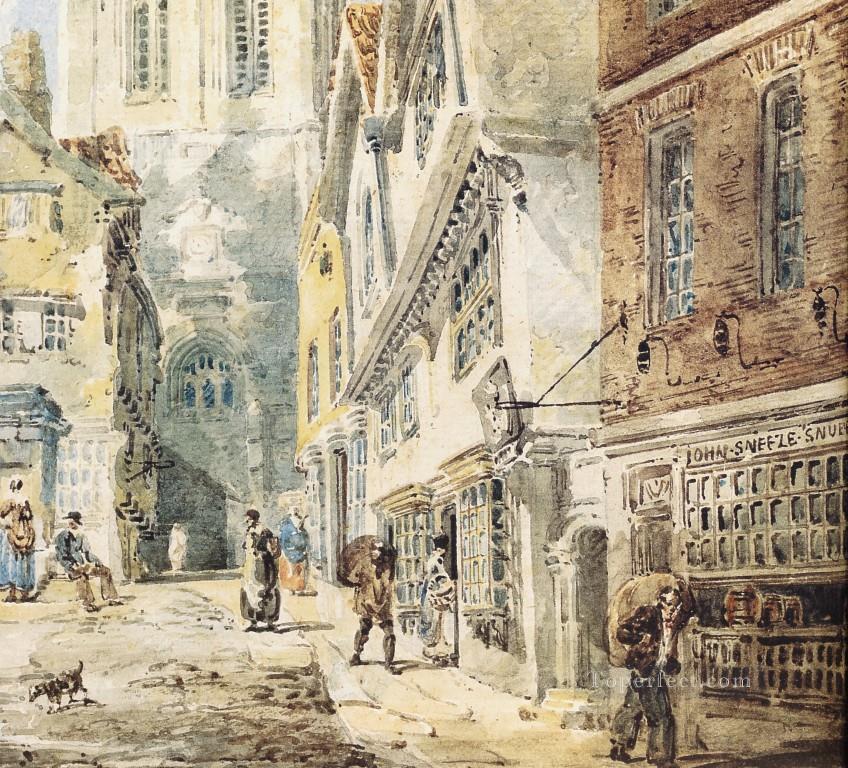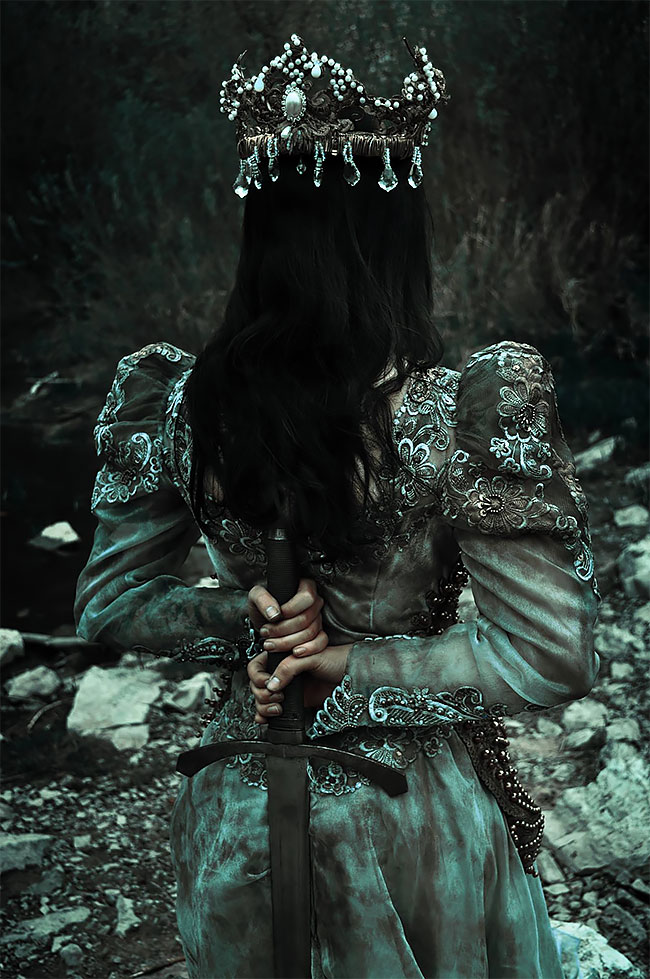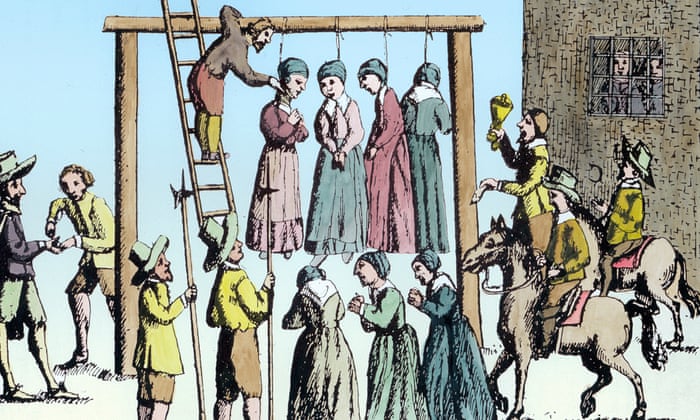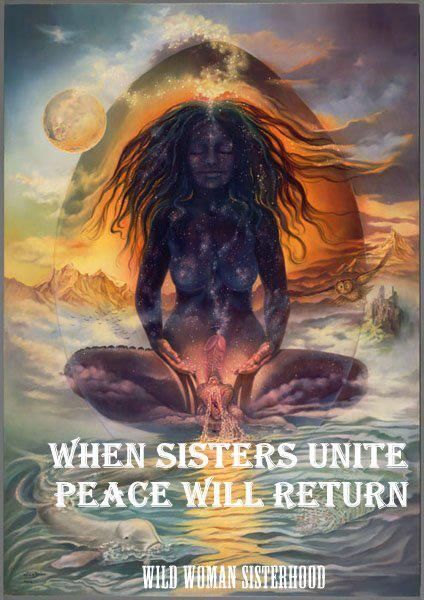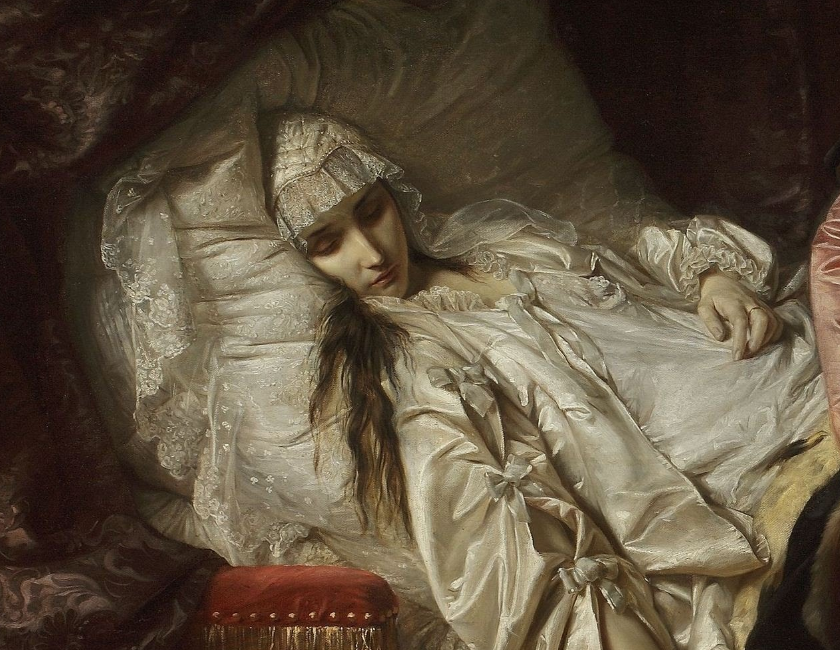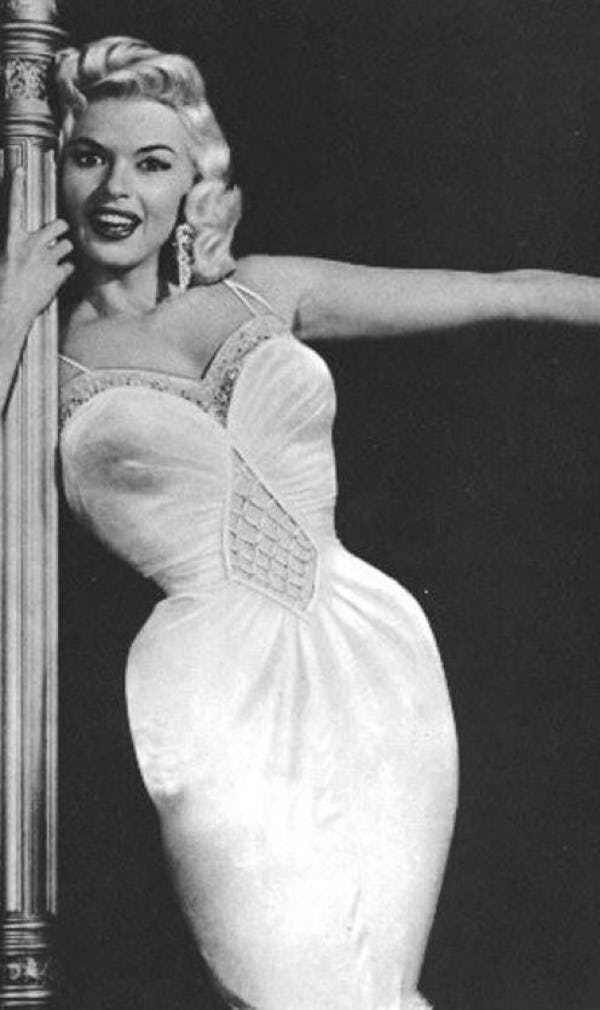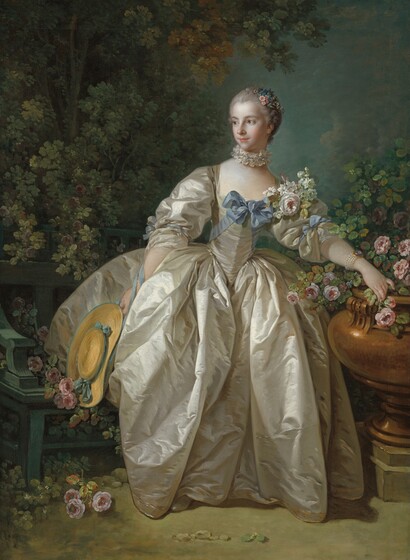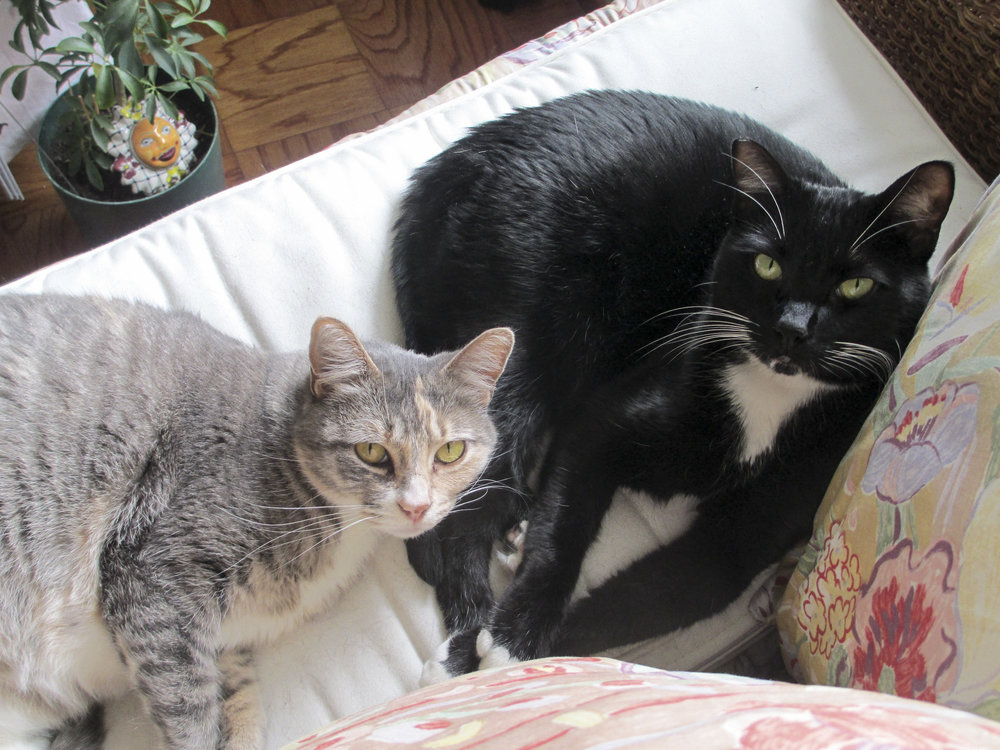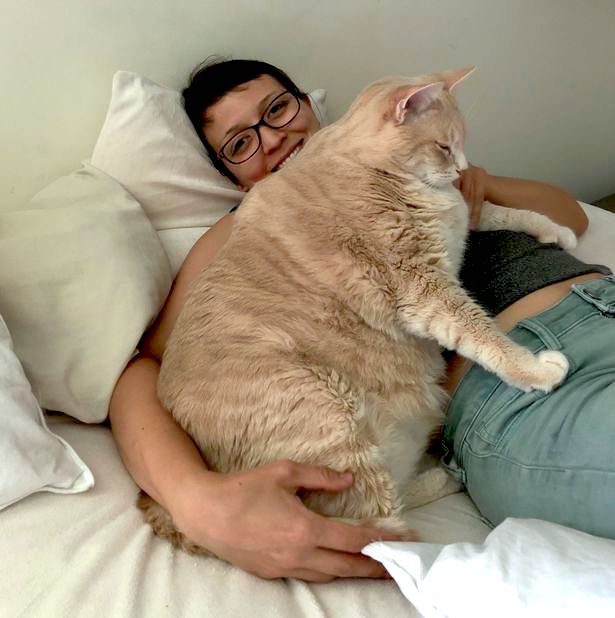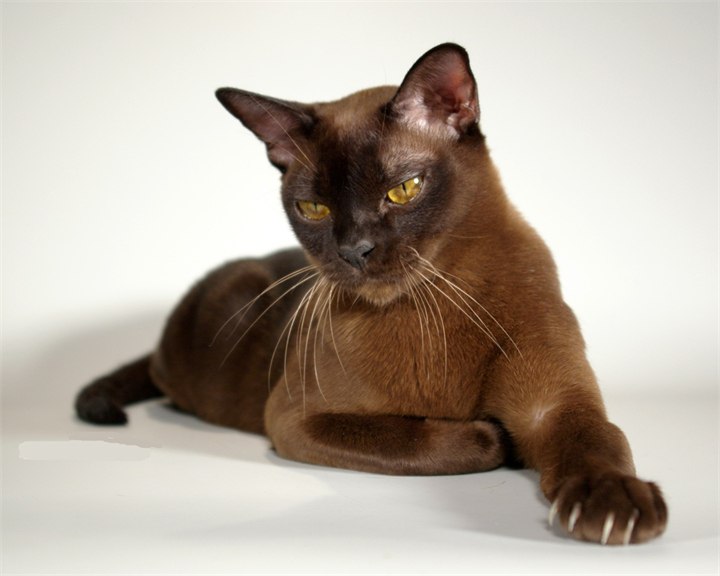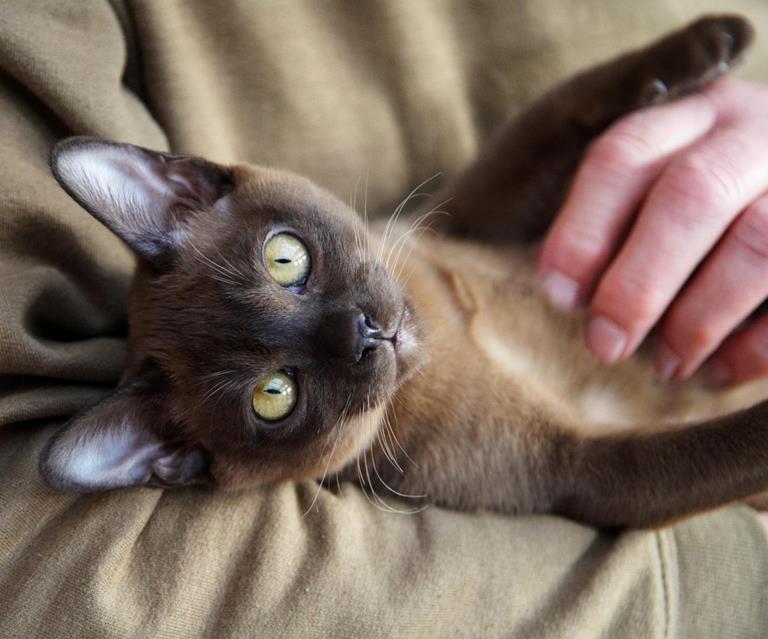GODDESS COMING BACK
MARIJA GIMBUTAS
THE GODDESS THEORY : Controversial UCLA Archeologist Marija Gimbutas
Argues That the World Was at Peace When God Was a Woman
By JACQUES LESLIE
JUNE 11, 1989
IT IS HARD TO IMAGINE a book less likely than “The Goddesses and Gods of Old Europe” to cause a sensation. Its subject matter, the spiritual practices of people living in southeastern Europe 6,000 to 8,000 years ago, usually holds appeal for few people other than a fraction of the world’s archeologists. Reflecting the fact that its author, Lithuanian-born Marija Gimbutas, writes for an academic audience, its prose is wooden. Even its publisher, a British firm called Thames & Hudson, was so uncertain of the book’s success that it released the work in 1974 without publicity. Although the book was reissued in 1982, it has been out of print since.
Nevertheless, Gimbutas, 68, a UCLA archeologist, is now heralded in some circles as an intellectual pioneer, mainly because of the allure of the ideas in her book. Those ideas have kindled an interest in archeology among an unlikely amalgam of artists, feminists and other spiritually oriented people who find in her work confirmation of some of their most cherished beliefs. Now, when they discuss the possibilities of living peacefully and in harmony with the earth, “we’re not just talking hypothetically anymore because of Gimbutas’ work,” says Eleanor Gadon, whose book, “The Once and Future Goddess: A Symbol for Our Time,” is being published by Harper & Row in October.
Simply put, “The Goddesses and Gods of Old Europe” argues that the original settlers of southeastern Europe lived in societies that were ideal in many respects. Men and women lived in harmony, Gimbutas says; women ran the temples and in doing so held predominant positions, while men performed such physical chores as hunting, building and navigating. The deities these people worshiped were overwhelmingly female, and their values, emphasizing nonviolence and reverence for nature, came from the feminine realm.
RASA: FRIENDS, PAY ATTENTION TO THESE WORDS, PREVIOUS & FOLLOWING. IT SPEAKS OF THE TRANSITION FROM MATRIARCHY TO PATRIARCHY. WHEN GOD WAS WORSHIPED AS A WOMAN & WOMEN WERE VENERATED & IN CONTROL, THERE WAS PEACE, THERE WAS LOVE, THERE WAS ORDER.
It was marauding Indo-Europeans, the forerunners of Western civilization, who destroyed these societies, Gimbutas says. Making incursions from the Russian steppes starting in 4400 BC, the Indo-Europeans were violent, indifferent to nature and dominated by men. Those features, she says, have been part of Western civilization ever since and account for the political and environmental crises that now threaten the planet.
RASA: IT WAS THE MEN THAT DESTROYED THE REVERANCE FOR MOTHER NATURE, BEING INDIFFERENT TO IT SHE SAYS {PRIOR TO THAT NATURE WAS HELD SACRED} & NOW OUR WORLD & ENVIRONMENT IS HELD IN CRISIS. THIS IS THE WORK OF MEN – THEY CANNOT, SHOULD NOT, RULE THE FAMILY & THE WORLD.
Ironically, Gimbutas’ earlier work, which focused on the Indo-Europeans, established her reputation among scholars as one of the world’s leading archeologists, while her study of the Old Europeans, whom the Indo-Europeans supposedly ravaged, has caused her standing to decline.
RASA VON WERDER SAYS: IN OTHER WORDS, AS LONG AS SHE FOCUSED ON WHAT MEN HAVE DONE, THE VIOLENT PATRIARCHS, SHE WAS FINE. BUT WHEN SHE VEERED INTO WHAT PATRIARCHS DID TO PEACEFUL MATRIARCHY, A SUPERIOR SOCIETY, THEN THEY DISCREDITED HER, AS THEY ARE MEN, & PATRIARCHS.
For Gimbutas, however, the Indo-European work was misery, while the later research was a deliverance. The sheer tonnage of arms found at Indo-European sites sickened her to the extent that she now says she cannot bear to look at her monumental study of the Indo-Europeans, called “Bronze Age Cultures in Central and Eastern Europe.”
“Weapons, weapons, weapons!” she says. “It’s just incredible how many thousands of pounds of these daggers and swords were found from the Bronze Age. This was a cruel period and the beginning of what it is today–you turn on the television, and it’s war, war, war, whatever channel.”
While conducting Indo-European excavations, Gimbutas came across tiny figurines, usually female, from an era predating the Indo-Europeans. “I always questioned what they were and why there was no explanation of them,” Gimbutas says. Since the figurines often possessed exaggerated buttocks, breasts and vulvas, some archeologists dismissed them as a kind of prehistoric pornography, but Gimbutas was unconvinced. She tracked down the figurines in museums and led excavations in Greece and Yugoslavia, where she uncovered 500 more of them.
Ernestine Elster, director of publications at UCLA’s Institute of Archeology, remembers traveling in Europe with Gimbutas during this period, amazed by Gimbutas’ “unending energy.” On one leg of the trip, Elster says, the pair visited small museums in Hungary where the figurines were often stashed away. “I soon discovered that while she was photographing the objects, my job was to talk to the museum director so that he wouldn’t get bored,” Elster says. “My German wasn’t very good, but if the director spoke German, I could figure when it was time for me to say, ‘mein Gott!’ or ‘sehr gut. ‘ That’s how we got through.”
Gimbutas says she spent most of a decade studying the figurines. Then, trusting her intuition to point the way, she concluded that the figurines were representations of goddesses, whose exaggerated sexual organs had no erotic significance but rather reflected links to reproduction and nature. “ ‘The Goddesses and Gods of Old Europe’ was produced really quickly, in about three or four months,” she says, “because the preparation was 10 years.”
A brief review of the book in a periodical called Choice, published by the Assn. of College and Research Libraries, reflected the reaction of many of her colleagues. “Any book by Gimbutas will find ready acceptance in college libraries,” it said, “but this one is certainly disappointing. . . . Unsupported–and, one must assume, unsupportable–assumptions are numerous throughout the text.”
RASA: AND THE ASSUMPTIONS OF MEN THAT WERE NOT CHALLENGED BUT ACCEPTED FOR MILLENIA?
Among many archeologists, too, Gimbutas’ work on this book was discounted. “I lost some of my friends,” she says, “because to them, to speak of spirituality is crazy. (To them,) archeology is just a material thing: You can describe the climate, the conditions, the soil, the houses, the tools–that’s it.” Gimbutas, in contrast, drew on bodies of knowledge not usually associated with archeology, notably folklore and mythology. She is unquestionably well-equipped, as she began studying folklore and mythology as a child in Lithuania, and by her own estimate has a reading comprehension of “at least 20 to 25 European languages.”
While most scholars were not impressed by her interdisciplinary approach, feminists with a spiritual orientation, who found wisdom and solace in goddess-oriented mythology, embraced her as a heroine. To them, the book offered hope that their ideals–including harmony between the sexes, reverence for nature and existence without warfare–were not just theoretical possibilities but realities of past societies.
Even so, it was not until two eminences of the spiritual and feminist communities acknowledged Gimbutas that her ideas received wide exposure. One was Joseph Campbell, the celebrated mythologist who died in 1987. A friend of Campbell’s named Barbara McClintock, director of public programs at the C. G. Jung Institute in San Francisco, says Campbell considered Gimbutas “one of the few people on the planet who understood the ancient world, because she could bring her imagination to it and not just act like a scientist.” In the last few years of his life, Campbell turned to Gimbutas for insights into ancient cultures, and he wrote the foreword to Gimbutas’ latest book, “The Language of the Goddess,” which is scheduled for publication in October by Harper & Row.
Equally significantly, a book called “The Chalice and the Blade,” written by Riane Eisler, used Gimbutas’ ideas as its cornerstone for arguing that features of modern civilization such as patriarchy, warfare and competitiveness are recent historical developments, introduced by the villainous Indo-Europeans. Far from being inevitable, Eisler claims, the ills of modern civilization can be blamed on its unbalanced embrace of masculine values.
RASA: THERE YOU HAVE IT. ILLS OF MODERN CIVILIZATION CAN BE BLAMED ON WHAT WE CALL THE ‘MASCULINE.’
Societies that cherish the Earth, as Gimbutas and Eisler argue that the Old Europeans did, would not waste their wealth on nuclear arsenals, nor would they allow life on the planet to be threatened by environmental problems. Published in 1987, “The Chalice and the Blade” is now in its seventh printing and enjoys a kind of cult prominence within the women’s movement.
By now, Gimbutas has had a dramatic effect on many artists, a fact that delights her. Some female artists have been stunned to discover that images they created, though apparently springing from their imaginations, were identical to prehistoric goddess sculptures reproduced in “The Goddesses and Gods of Old Europe”; others found that Gimbutas’ work deepened their understanding of their own art. So exhilarated was a New York artist named Mary Beth Edelson that she embarked on an odyssey to locate a cave on an island off the Yugoslavian coast that the book mentioned as a site of prehistoric goddess art. Using maps in the book as a rough guide, Edelson found the cave, disrobed and, using time-lapse photography, depicted herself performing a ritual. The photo appeared in art magazines and was shown at the Corcoran Gallery of Art in Washington.
Expressions of public support for Gimbutas are slowly accumulating. Last year, for example, Christopher Castle, an artist and art-gallery owner in Point Reyes Station, Calif., held a ceremony to honor her: As she looked on, about 15 people sat in a circle and took turns discussing how her work had touched them. One of the women used Gimbutas’ writings in a graduate-school class she taught called “The Goddess Emerging.” Drawing on the ancient aesthetic Gimbutas has described, another woman teaches a course called “Dances of Old Europe.”
Nevertheless, Gimbutas remains a black sheep within academia; even colleagues who admire her other work express skepticism about her description of ancient Europe. Edgar C. Polome, a leading Indo-European scholar at the University of Texas and co-editor of a volume of essays published in honor of Gimbutas, calls her portrayal of Old Europe “a bit of a dream world.” Kees Bolle, a UCLA religion history professor and a friend of Gimbutas’, says she has “a peculiar romantic strand” that causes her to “overestimate” pre-Indo-European societies.
Most archeologists think that Gimbutas’ interpretation goes far beyond the tentative conclusions that can be drawn from her data. Ian Hodder, a Cambridge University archeologist whose field of expertise overlaps Gimbutas’, calls her work “extremely important” because it provides a “coherent and wide-ranging review of the evidence,” but he rejects her interpretations of symbols. “She looks at a squiggle on a pot and says it’s a primeval egg or a snake, or she looks at female figurines and says they’re mother goddesses. I don’t really think there’s an awful lot of evidence to support that level of interpretation.”
Such criticism does not ruffle Gimbutas, perhaps because the adversities she overcame early in her life were far more threatening than her colleagues are now. As a graduate student in Lithuania, she was forced to go into hiding when the Soviet Union occupied her country in 1940 and sent many of her friends and relatives to Siberia. The German army moved into Lithuania soon afterward, and for a year Gimbutas hid her husband, who was trying to evade German conscription, and two Jewish women in a country home at great personal risk. When the Soviets returned to Lithuania in 1944, she knew she had to flee. By then she had a 1-year-old daughter, and she left carrying nothing but her baby in one arm and her master’s dissertation, on Lithuanian burial rites, in the other. Gimbutas, her husband and daughter eventually made their way to Vienna, carrying false papers.
For the next five years, Gimbutas coped with destitution while managing to get her Ph.D. from the University of Tubingen in Germany. The family immigrated to the United States in 1949, and Gimbutas soon got a research position at Harvard University’s Peabody Museum; the job, however, paid nothing, so Gimbutas worked at night and on weekends, pasting flowers on paper for the university’s botany department, crushing oranges in a factory, even selling encyclopedias. It was only after she won a foundation grant in 1953 that the need for a second job disappeared.
Then the only female archeologist at Harvard, she resented being barred from some university libraries and dining halls because of her sex, and when the chance came in 1963 to teach at UCLA, she accepted. A year later, she became a full professor, and during the next 15 years she led five excavations in Europe. She has written 18 books and more than 200 articles.
With characteristic determination, Gimbutas continues to promote her view of ancient Europe despite the harsh criticism it has received. On more than one occasion, she has used the question period following a colleague’s public lecture to scold him for not embracing her theories. Hodder, whom Gimbutas reprimanded in this way, says her manner was “very kind and constructive.” But other scholars have not been so appreciative.
At the same time, stories of Gimbutas’ generosity and support abound, to the extent that some of her admirers compare her to the Mother Goddess her work celebrates. Indeed, Gimbutas, a roundish, grandmotherly woman with a pronounced Baltic accent, seems unable to resist acting maternally. For example, while many academics go to great lengths to maintain secrecy about their work until it is published, she often has shown unpublished material to other scholars, sometimes to her eventual regret.
Now suffering from lymphatic cancer, Gimbutas spends most of her time at her home in Topanga Canyon, marshaling her energy to complete yet another book on goddesses before her illness overtakes her. Surrounded by an orchard of 60 trees, the house offers close proximity to nature. For Gimbutas, that is a necessity, for she believes that she must be attuned to the natural world to understand the goddess cultures. “I communicate with the trees around me,” she says. “This is part of my work.” Certain that her ideas will prevail, she predicts that “it will take maybe 10 more years or so for the goddess to be accepted by archeologists.”
In some ways, the controversy reflects a classic conflict between science and art. To scholars who think that archeology is legitimate only to the degree that it is grounded in science, Gimbutas’ grandiose claims are too farfetched even to merit consideration. And she considers her colleagues too passionless, too unintuitive, too alienated from nature to understand the prehistoric past. Gimbutas’ theories are suspect, conceivably flatly wrong, yet they resonate far more than her colleagues’ arid treatises. Whether or not the world she describes existed, her advocates feel as if they’ve glimpsed it, and long for its return.
